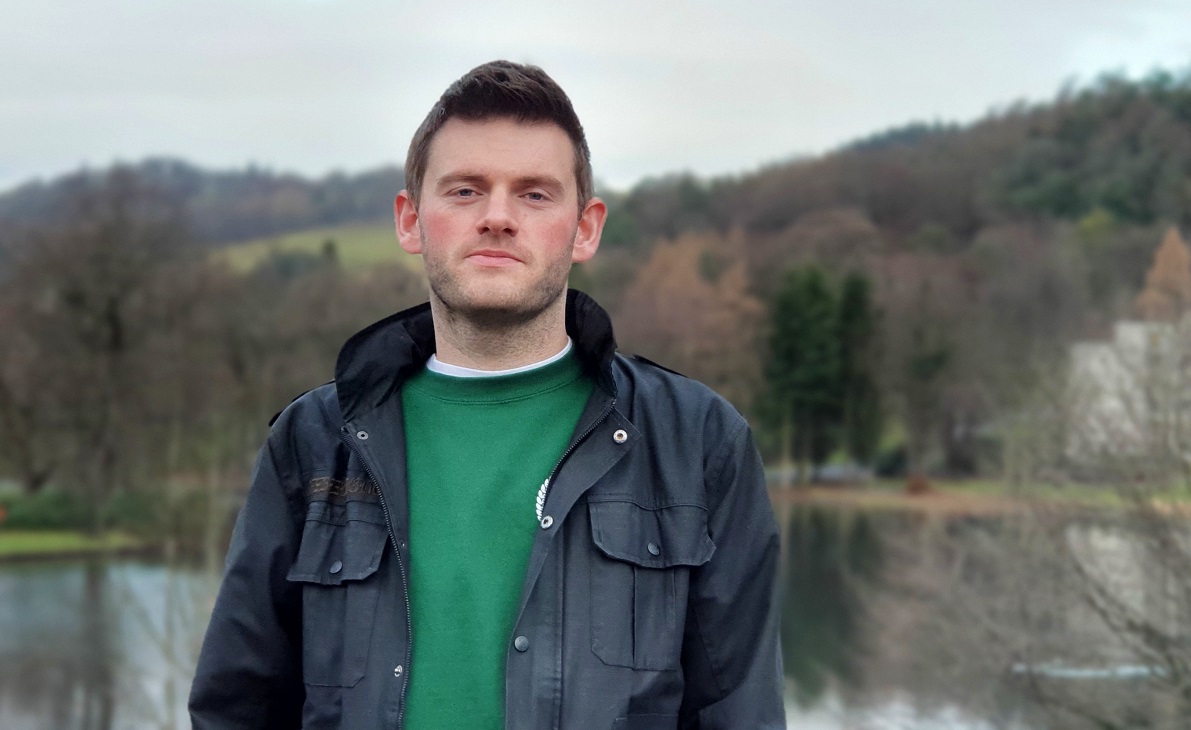Public health expert issues warning over potential community breakdown in COVID response
A public health expert from the University of Stirling says governments must change the post-pandemic narrative in order to avoid community breakdown.
/filters:format(webp)/filters:no_upscale()/prod01/cdn/media/stirling/news/news-centre/2021/may/Covidvaccinecentrebanner.jpg)
A public health expert from the University of Stirling says governments must change the post-pandemic narrative in order to avoid community breakdown.
Dr Tony Robertson collaborated with fellow academics, policymakers, third sector and community organisations, and members of the public on a pre-pandemic cross-disciplinary study exploring the key components of community resilience during extreme events. The study is summarised in a recently published paper.
However, he believes the lessons learned from that piece of work are largely being ignored in the current political dialogue around COVID-19.
Dr Robertson, a lecturer in social epidemiology and public health in the Faculty of Natural Sciences, said: “We need to ask more of our democratic processes, and look at how we can put a legal framework in place, for example, that can give people more power over decision making.
 Dr Tony Robertson
Dr Tony Robertson
“The Scottish election narrative is dominated by independence, but also by economic growth, which is a disconnect with what communities actually need. We have a severe issue of poverty in Scotland, yet we are a relatively rich country. We shouldn’t be talking about getting richer, but getting fairer and more democratic in order to become more equal and healthier. We talk about a wellbeing economy, but are we prepared to take the next steps?”
Factors in resilient communities
The community resilience study – part of the University’s Extremes in Science and Society programme and funded by Scotland’s National Centre for Resilience – involved workshops, held in 2019, which explored different extreme events, including climate change-related flooding, economic shocks like Brexit, and pandemics.
Dr Robertson explained: “Although this was pre-COVID, we talked about living in an age of pandemics – with Ebola, bird flu and AIDS. We talked about infectious disease being an issue when we are globally connected.”
The first workshop identified seven elements of resilient communities: memory; connections; sharing; mind-set; diversity; communication; and training. The second listed four factors that must be in place to enable resilience: physical spaces for communities to meet; valuing community knowledge; co-designing projects with the community; and enabling better communication and partnership.
The lack of these four factors leads to a risk of community breakdown, said Dr Robertson.
Risk of community breakdown
“This is the first time, perhaps since the issue of second-hand smoke, that other people’s behaviour affects us on such a scale. Normally, we have a narrative of individual choice and responsibility, not one that says we’re all connected and therefore we’re putting other people at risk by what we do.
“What we’re seeing at the moment is a lot of judging of other people’s individual behaviour, rather than understanding the dynamics that mean that some people still have to go to work, for example, in hospitals or to empty the bins.
“There is a risk of community breakdown that links to how we make decisions – if the government makes a bad decision, for example, and we don’t feel that we’re all in it together.”
The first recommendation from the study was that there must be physical spaces for communities to meet.
“Spaces like community halls and libraries have shut, and not been repurposed,” Dr Robertson said. “We need to work with local authorities – we could reimagine what happens to high street shops that have closed during the pandemic, for example, but local authorities have less and less money.
“What we also find is, in emergencies like floods, outside agencies step in to claim space, with little involvement from the community. Vaccine centres are springing up everywhere – what will happen to them post-COVID?”
The report’s second recommendation was to utilise, support and promote local community knowledge.
“There are power dynamics at work in whose knowledge is valued and we need to make sure we’re not forgetting people. The community needs to be an equal partner with the authorities in responding to extreme events,” Dr Robertson said.
This relates to the third recommendation, of co-production – that local community members, policymakers and other key individuals or organisations work together from the beginning to design projects of local or national importance.
Lessons for policy makers
Dr Robertson said: “In the vaccination programme, for example, we can see a top-down, ‘one size fits all’ approach on television adverts and billboards, which is good for reaching lots of people at one point in time. But then we see a much slower uptake of vaccines amongst ethnic minority groups. Is that about vaccine hesitancy or lack of access to information? Making sure we have diversity at the beginning can overcome hurdles like a lack of understanding of culture or language in getting a message across.”
The final recommendation is for better communication and partnership with the community, including with the informal community networks that may have emerged during the pandemic.
“If not, there’s a risk of disconnect between community, practitioners and policy makers,” Dr Robertson said. “If we don’t group together and look out for each other then things like COVID will continue to spread.
“Everyone is just as much a part of this, whether they’re our friend, neighbour or enemy. We have to respect that.”
The paper, Theory and Practice of Building Community Resilience to Extreme Events, is published in the International Journal of Disaster Risk Reduction.
The study was co-authored by Dr Sandra Engstrom, Dr Fiona Millar and Paul Docherty at the University of Stirling and Andy Ruck at Perth College UHI, part of the University of the Highlands and Islands.
